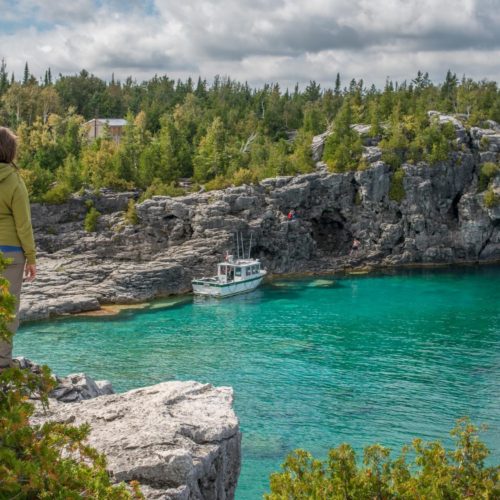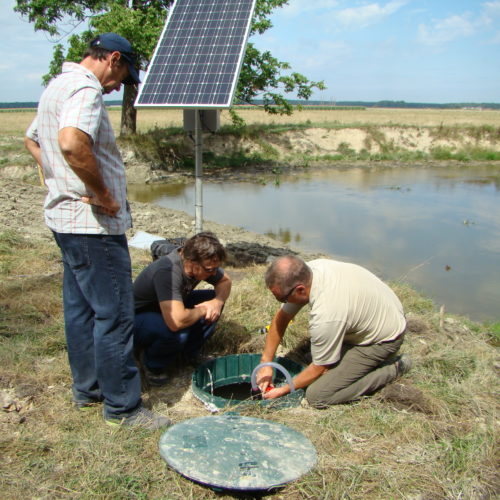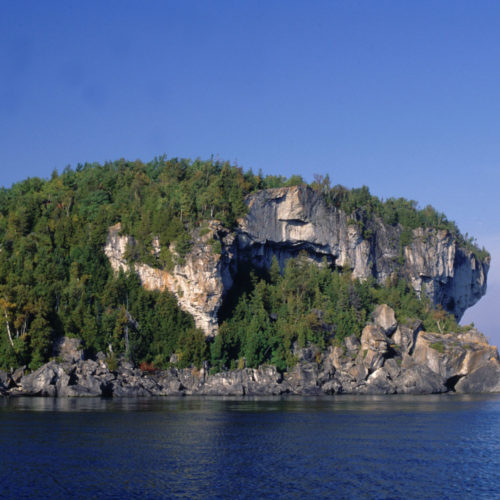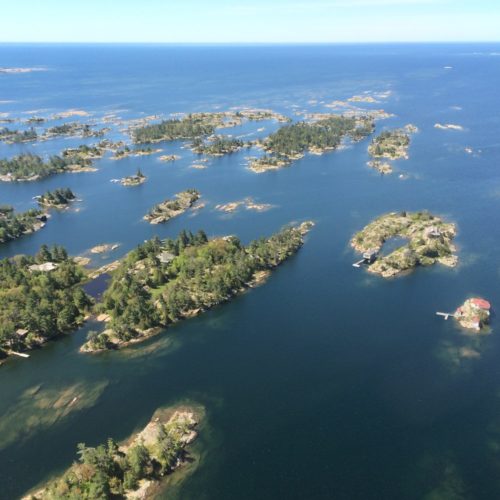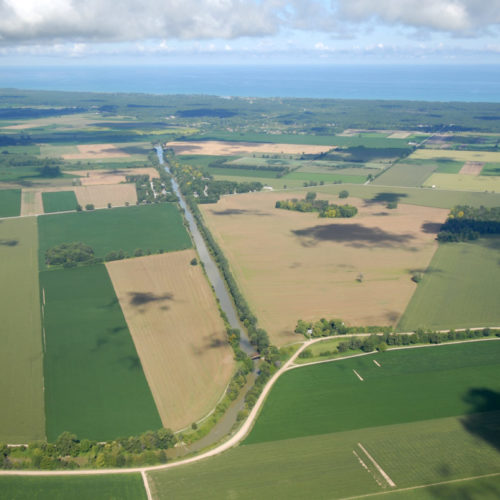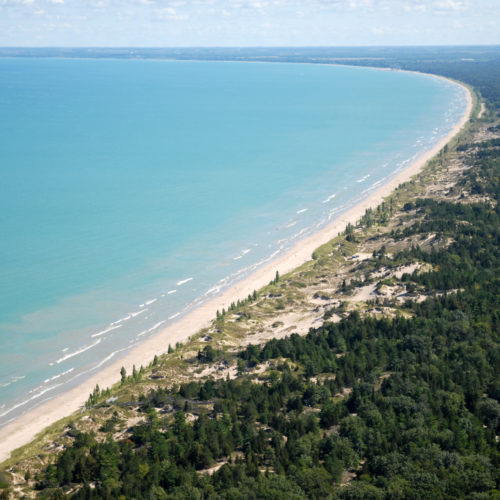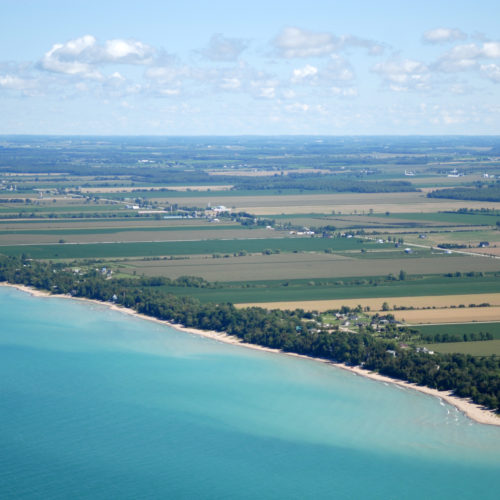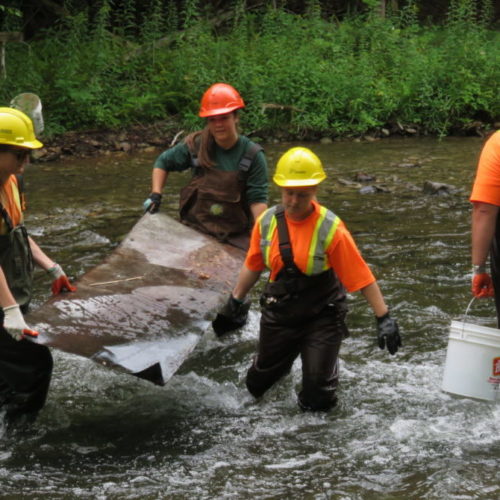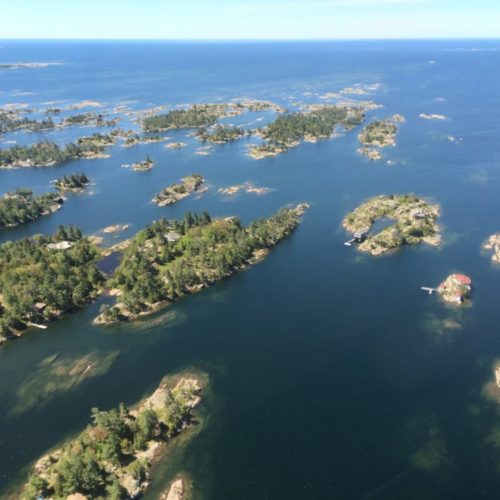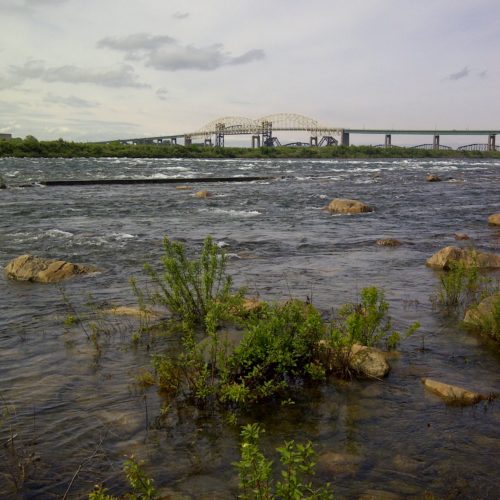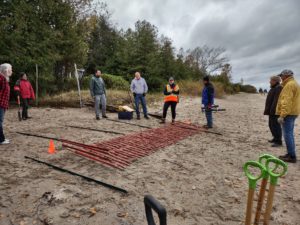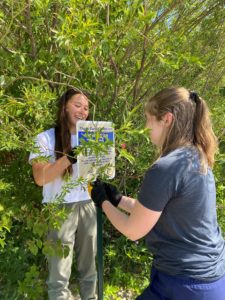Green Ribbon Champion (GRC) is a multi-year community-based restoration program that works with lakefront property owners and volunteers to restore sand dune ecosystems. In 2021 we worked with 46 participants to complete beach assessments, provide advice and educational resources, and create restoration plans for their properties. We shared educational information with over 71,000 individuals through social media, workshops, newsletter articles, media, and conversations at the beach. We completed 46 community dune restoration projects this year, restoring close to 40,000m2 of dune ecosystem. Our program attracted 71 enthusiastic volunteers who donated their time to plant native dune plants, install sand fencing, remove invasive species, and install interpretive signs. The methods used in GRC are simple and cost effective, and the real-life impact of this year’s restoration work will result in a more resilient shoreline, erosion protection, habitat for wildlife, and healthier beaches.
Nearest city or town: Saugeen Shores, Kincardine, Point Clark
Project start date: May 1, 2021
Project focus: Education / Outreach
Project contact: Erinn Lawrie
